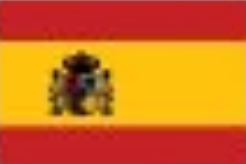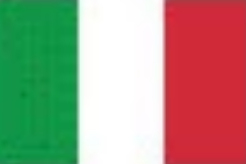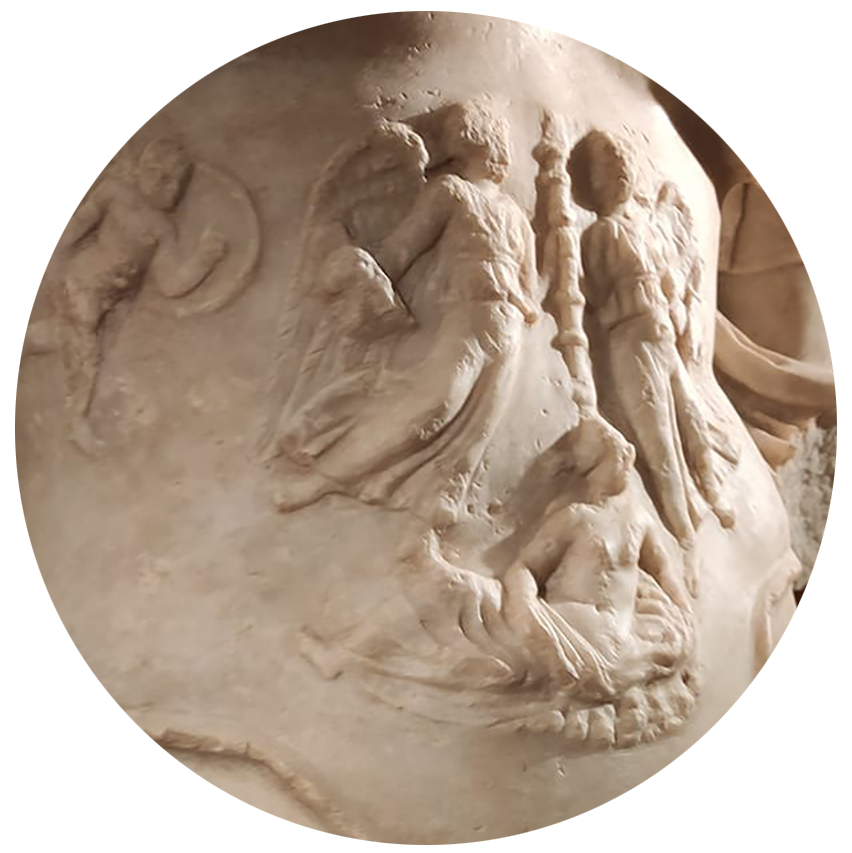
Sala II. Valverde y Perales
Dedicated to the Baenense historian Francisco Valverde y Perales, this room exhibits one of the most important collections of Roman statuary in the country. Robed sculptures of great beauty, pedestals dedicated to famous people who inhabited this region 2,000 years ago, magnificent imperial portraits and, above all, a spectacular toracatha that represents the torso of the emperor as supreme commander of the legions. A whole propaganda apparatus of the Empire that also served as a way of social ascent to different family clans from the provinces, some of them managing to reach the highest peaks of the State administration and others to the government of their respective cities in whose ruins appeared the memories and sculptures that are shown here.
The members of the imperial family are the ones that stand out in number, since most of the pieces on display would correspond to the deified emperor (heads of Augustus and Claudius) or to the empress represented in this case as Dea Roma (seated sculpture next to the entrance to the Hall) or as the goddess of Abundance carrying the characteristic cornucopia that identifies her. In both cases it was Livia, the third wife of Augustus, one of the most influential women in history.
The pieces exhibited here come entirely from three important sites in the municipality of Baena where ancient Ibero-Roman cities existed: the Archaeological Park of Torreparedones (Ituci Virtus Julia according to some authors, Bora if we opt for the most recent hypotheses); Cerro del Minguillar (Municipium Flavium Iponobensis) and Cerro de la Aldea or Izcar (Municipium Contributum Ipcense). The pedestals of Paridius (cylindrical) and Gaius Livius Severinus (rectangular) shown in the room come from the latter, while the various sculptures, dating from the first century, were found in the former.
The portraits of the emperors Augustus and Claudius deserve special attention. In reality, it is the heads of two of the sculptures exhibited in the patio that precedes the room, and in all probability they must have been exhibited on the podium of the temple that stood in the Torreparedones forum. The first appears touched with the double crown of holm oak leaves with acorns (civic) and metallic radiate that indicates its divinization. Finely sculpted in white marble, it dates back to the beginning of our era.
The second could originally be a portrait of Caligula on which the current one of Claudio, already deified, was recomposed, as is proven by the holes in the upper part that would indicate the presence of the radiated metal crown. It is very possible that we find ourselves here with a case of damnatio memoriae or condemnation of the memory of an enemy of the State after his death. This was Rome, deifying its emperors or trying to erase their memory forever.
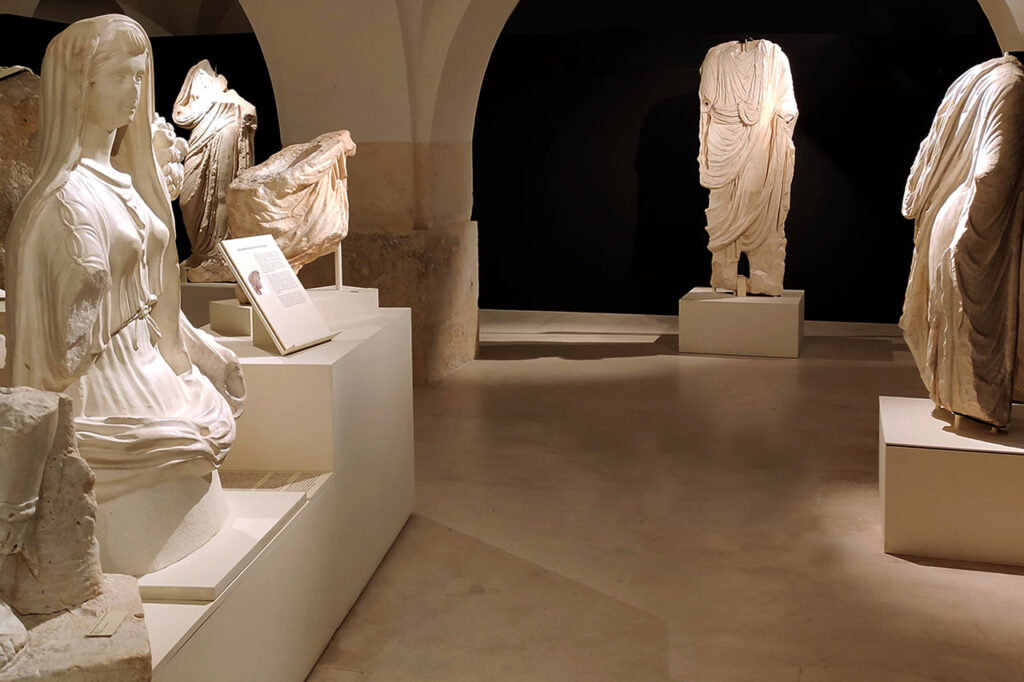
Collection of Roman statuary in Room II.
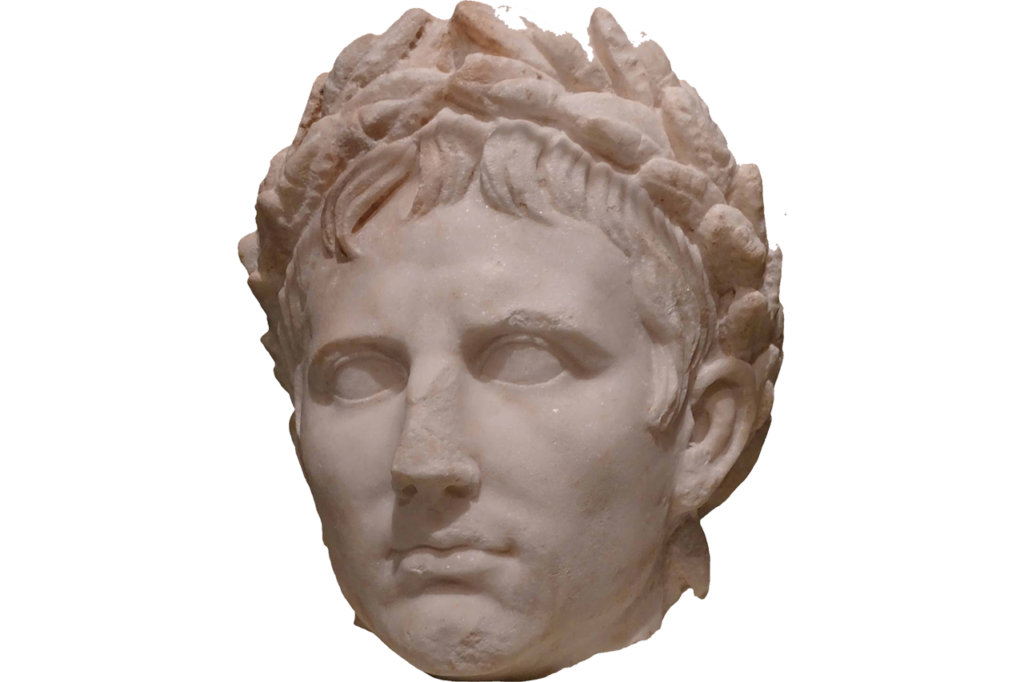
Head of Augusto found in Torreparedones.
The Roman Forum, place of representation
The Forum was the commercial, religious, political and judicial center of the Roman cities, a place of “sacred” memories where the main buildings for public use and the sculptures of the different members of the imperial family or local heroes were located. that homage was paid to them. It could be said, therefore, that the Forum was a representation space in which dedicated pedestals and sculptural ensembles would be found, such as those exhibited in Room II of the Historical Museum of Baena.
Torreparedones forum
For a better understanding of the representative functionality of the Forums and to locate many of the sculptures on display in their place of origin, you can play the video above where this unique space in Torreparedones has been recreated.
